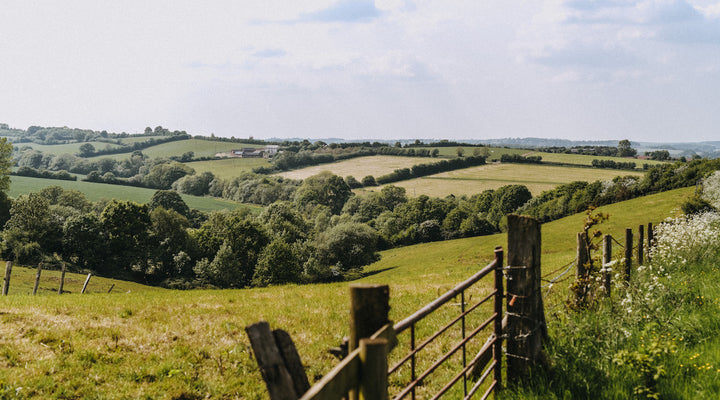Women hold up half the sky, is the Chinese saying. A majority of the world’s farmers are women. And the role of women on UK farms has been overlooked, as historically we’ve been behind the scenes, keeping the show on the road. Farming is a family enterprise, a partnership of all genders. In this article, I'll look at some of the women who’ve made our farm what it is.
My ancestor Elizabeth Luscombe had land from her father who got it from the great redistribution of monastery land in Henry VIII’s time, 14 generations ago. She married the first Quicke to come to Newton St Cyres, a lucky farmer from Sampford Courtenay, some 16 miles away, sometime before 1540.
Jane Quicke married into the family about 1759, and saw the farm needed some new input. She was the widow of a Cornish landowner. She brought Cornish tin miners to the farm. For a few years in the late 1700’s, the farm and the neighbouring parish were the largest producer of manganese in the world. Jane also sold her much of her extensive library to pay for repairs to the farm’s houses in a sale that lasted for 25 days.
My mother came to the farm when she married in 1953. She had trained as an artist at Chelsea College and the Royal College of Art, under artists like Henry Moore. She’d been told that training would enable her to do anything. While raising 6 children, she also set up our cheese dairy, while still producing some beautiful art works.
I came back to the farm in 1984. Over that time, we’ve developed the cheese as a brand that is sold around the world. We’ve developed the dairy herd to a crossbred herd producing milk from grazed grass for most of the year. I’m setting up the Academy of Cheese, to teach and inspire people from round the world about cheese.
My daughter Jane is now back on the farm, looking to take the cheese business forward after a career in management consultancy. Now she sells our cheese and is taking on looking after the finances. Emma Cordery looks after the quality system, the people side and keeps the production and packing team working well. Emma Stoyle keeps the shop and online working as well as the farm numbers. She even changed a wheel for a customer in the cheese car park, still wearing a skirt. Rachael tells people about what cheese we have, and our beautiful and historical farm.
In the old days, going back to the 1920’s, the standard weight in farming was two hundredweight (100kgs). Then, it may have made sense that it had become a male occupation. And lifting those weights isn’t good for anyone. Now, with mechanisation and smaller standard weights, we have great women in all parts of the business from Olivia and Nikki milking and looking after cows, Tracy making butter, Valentina and Gernina packing cheese and Holly and Sarah in the shop.
Mary Quicke








